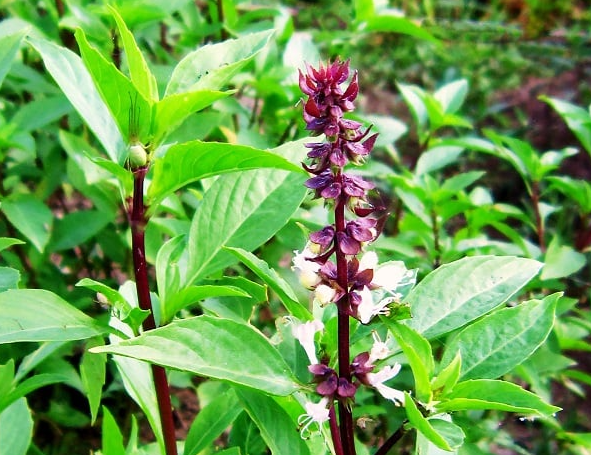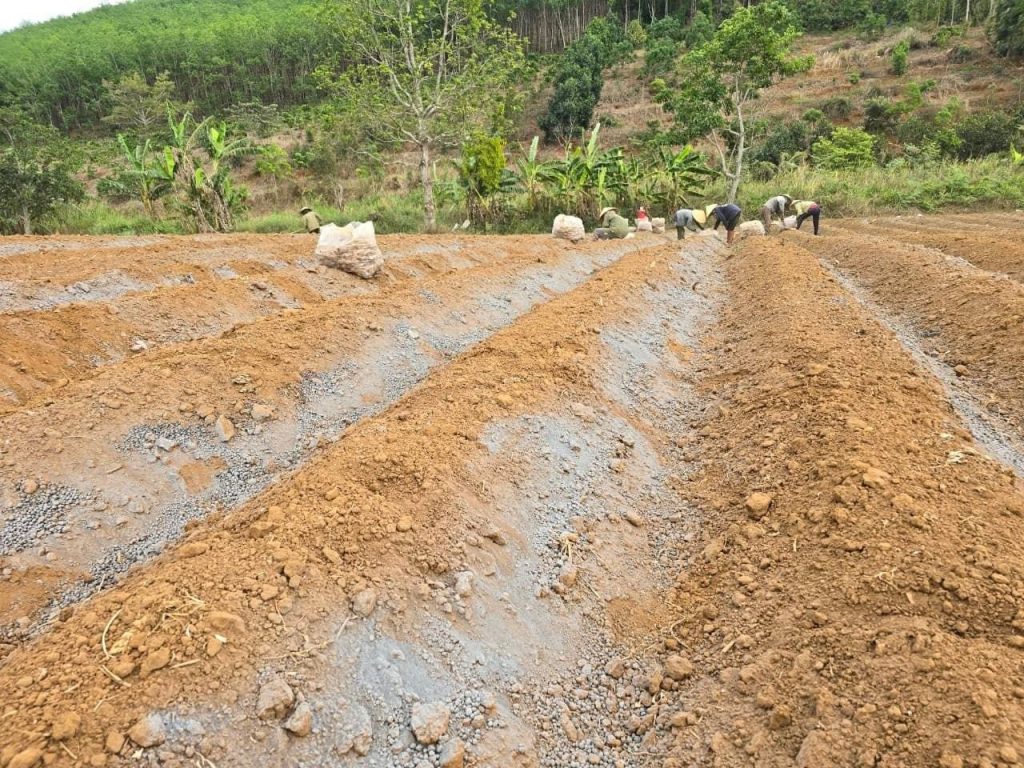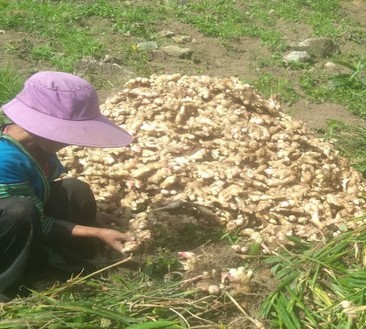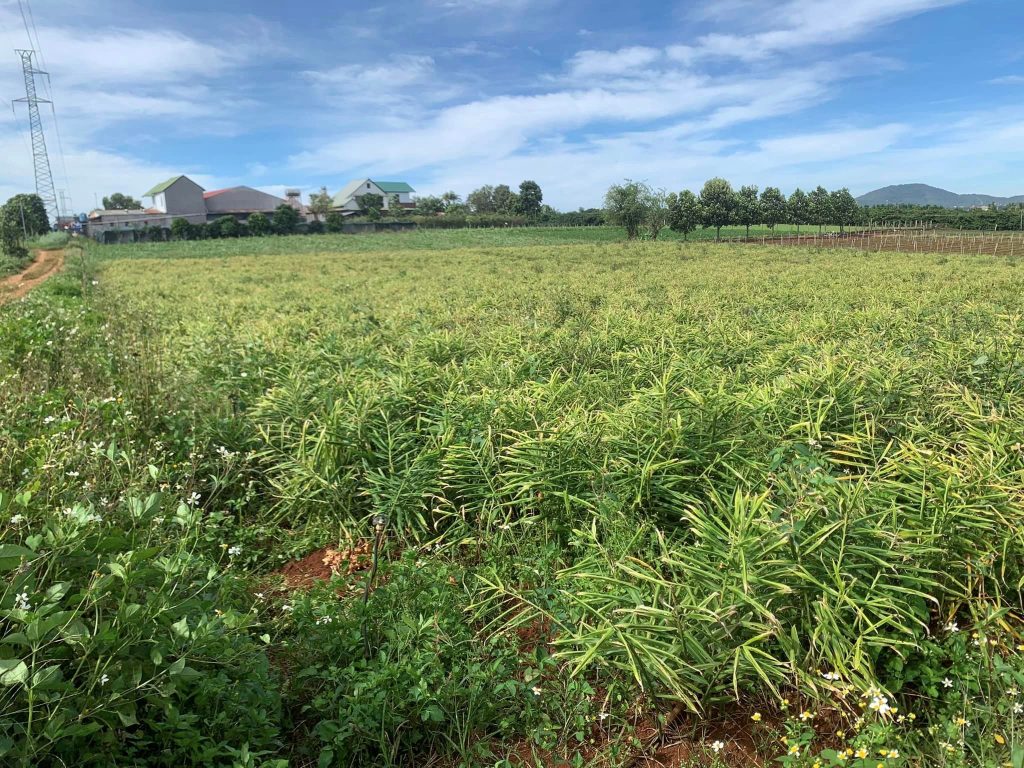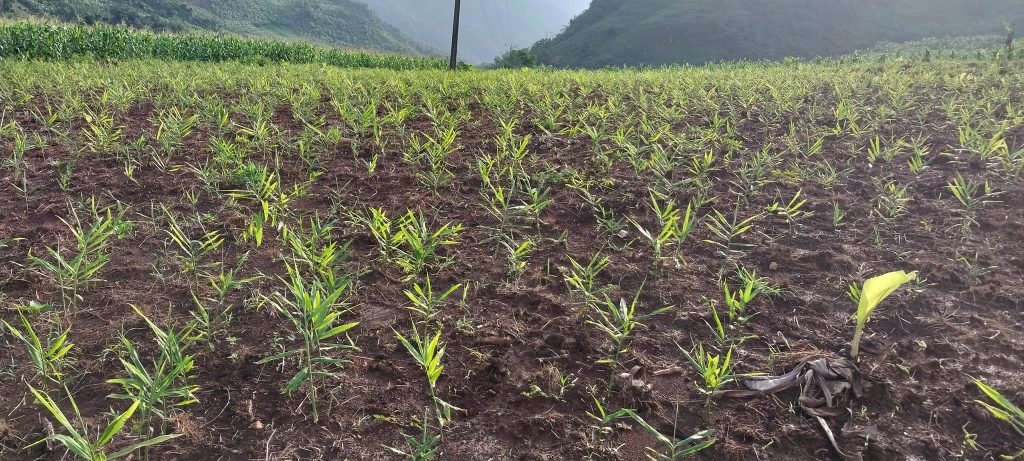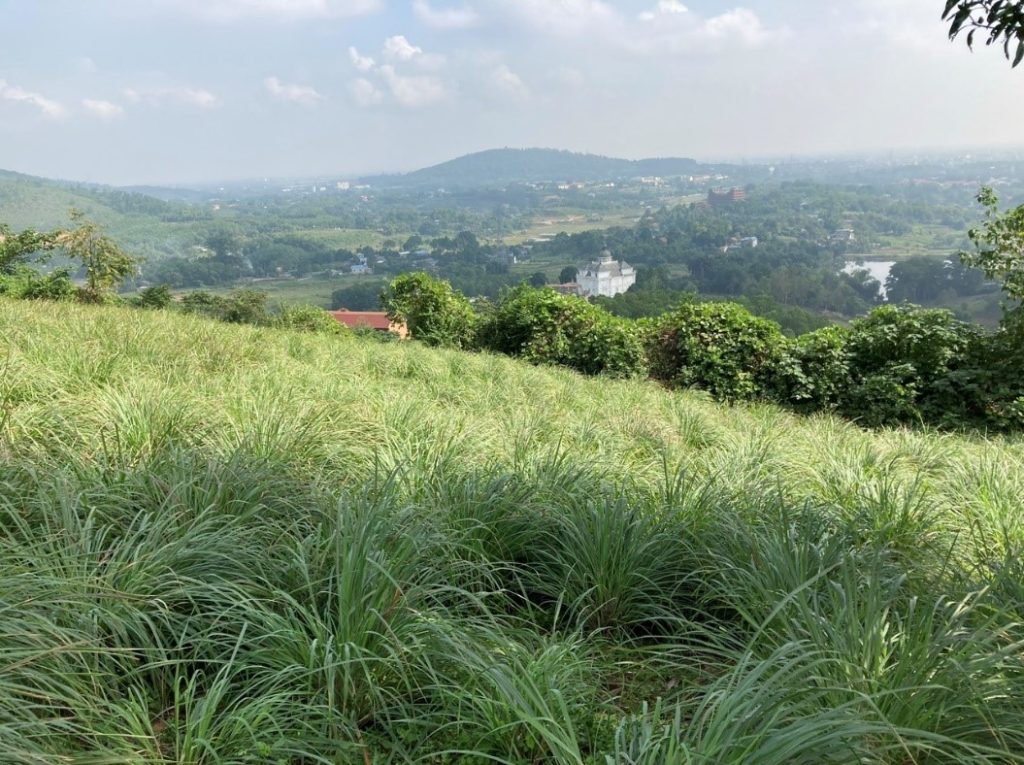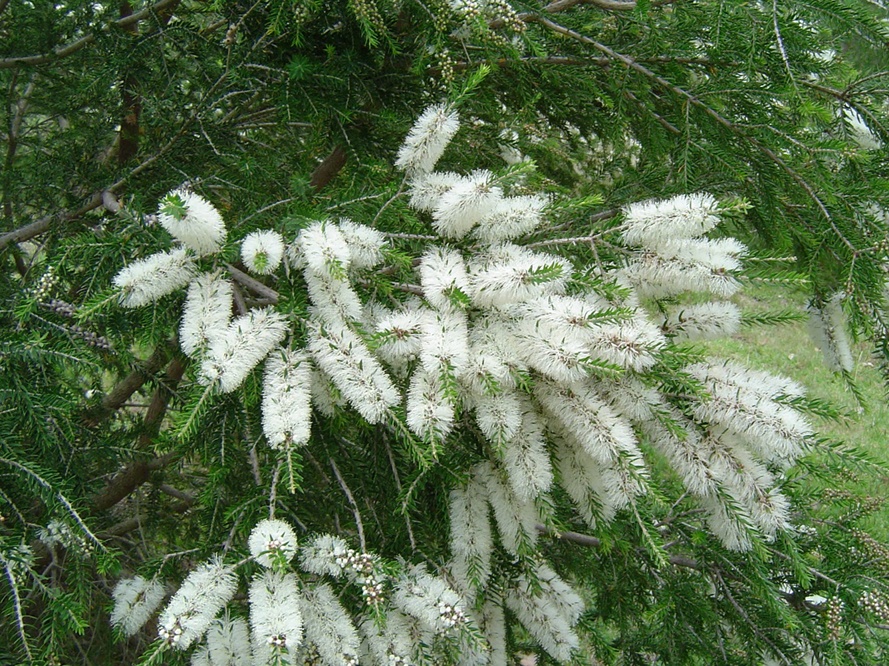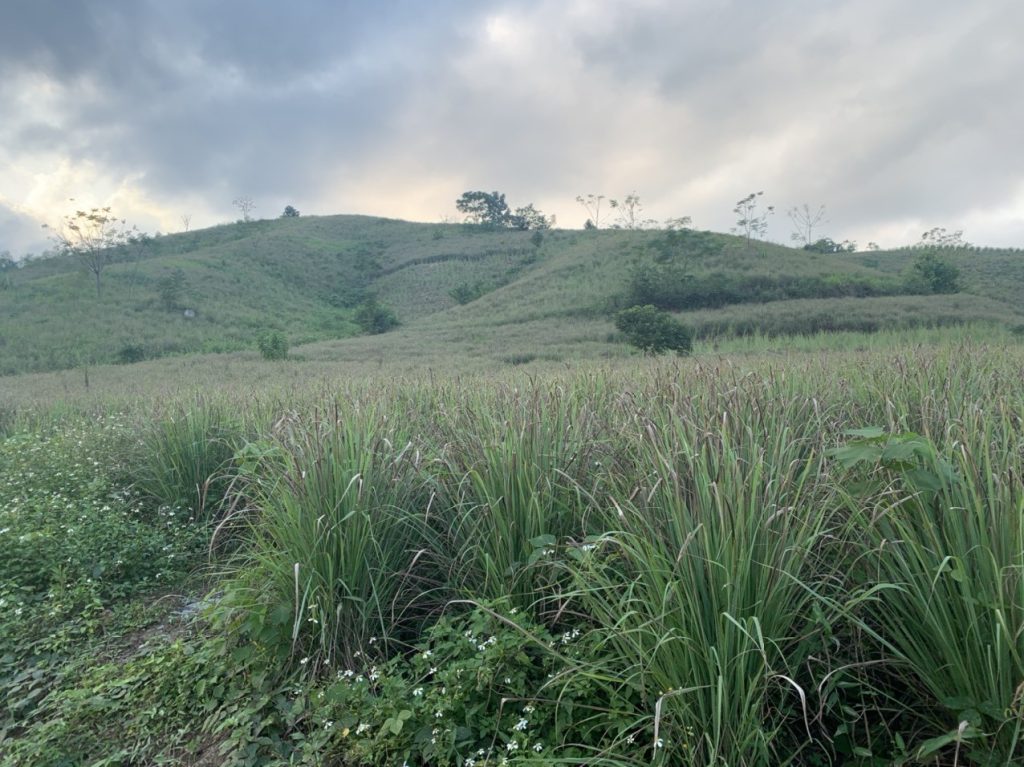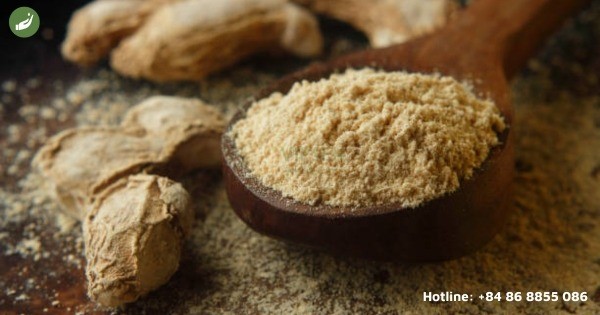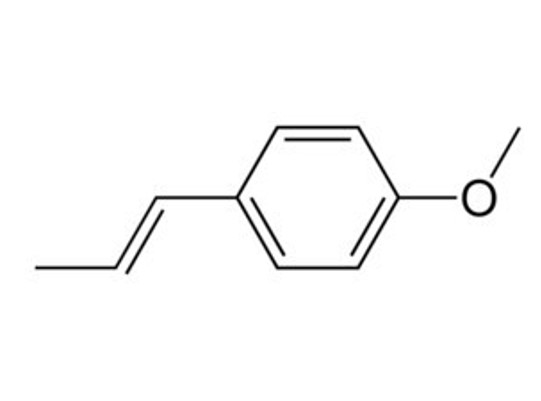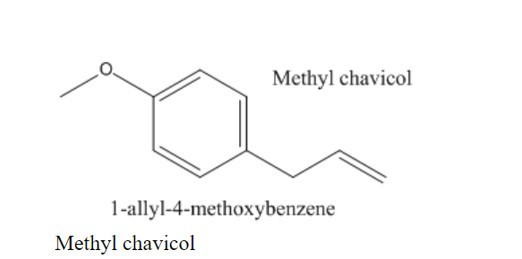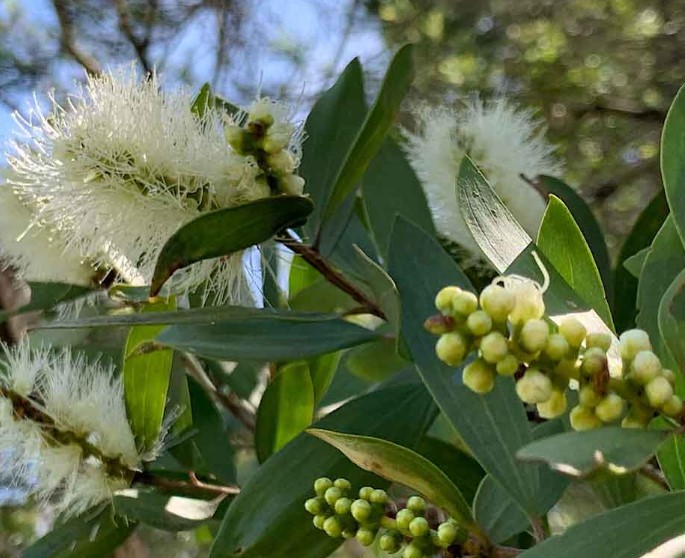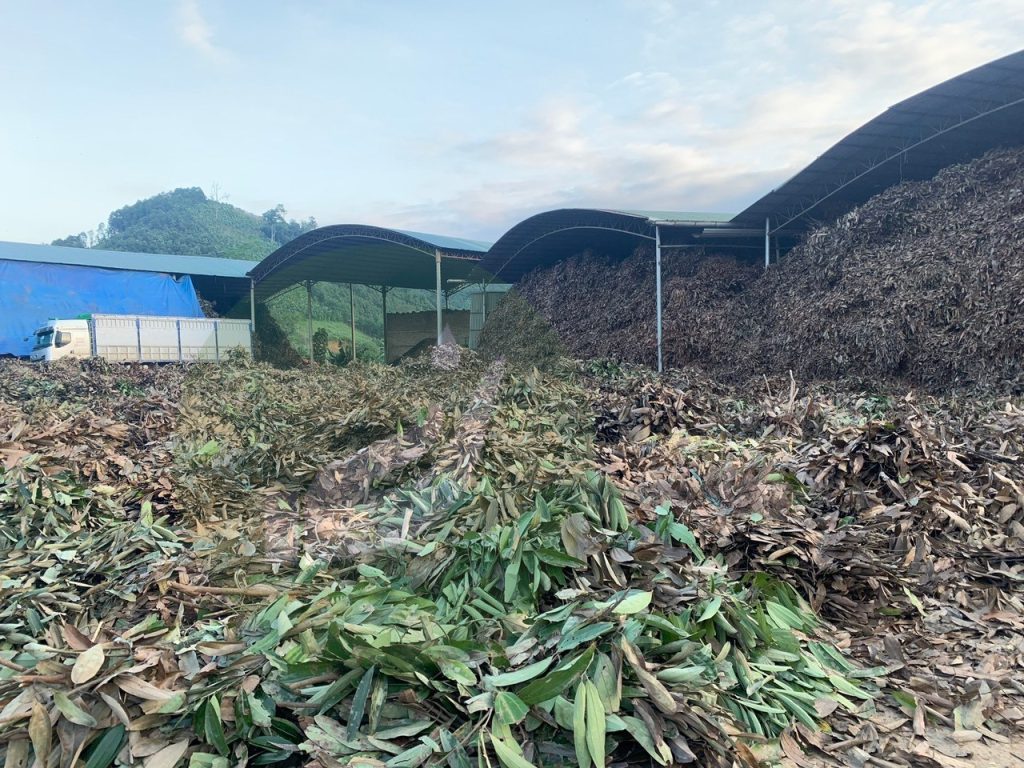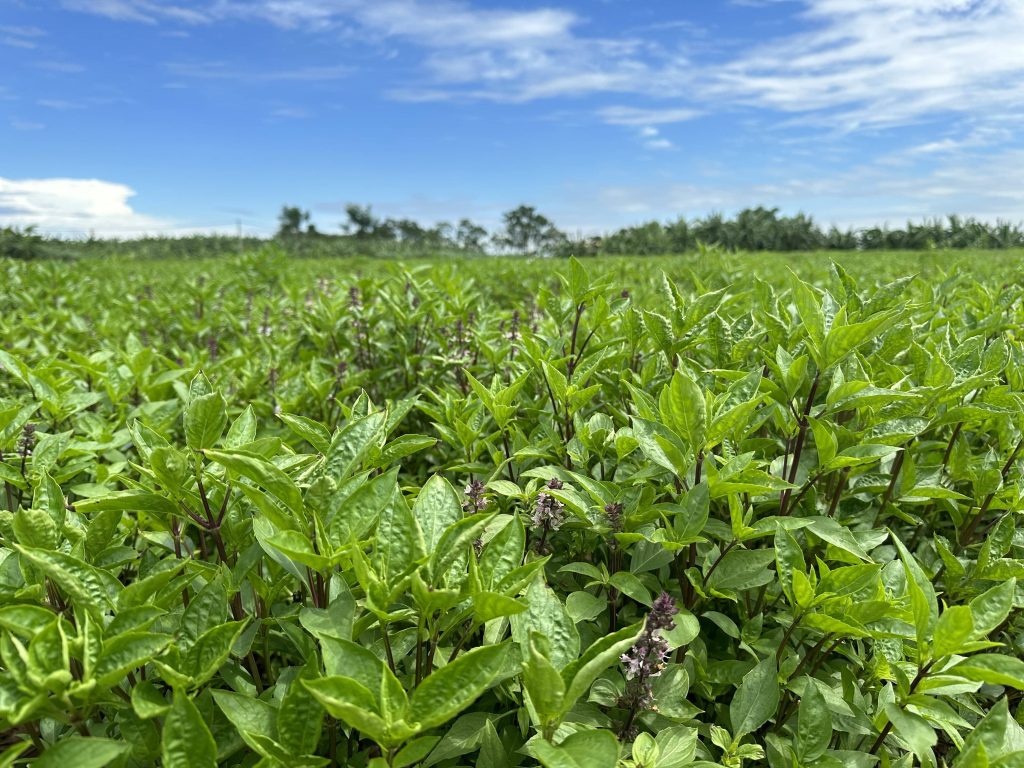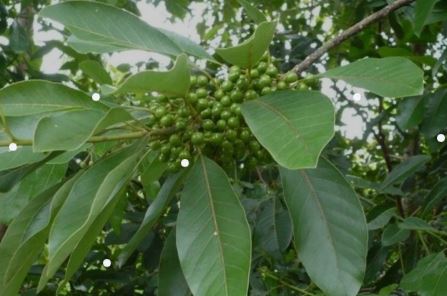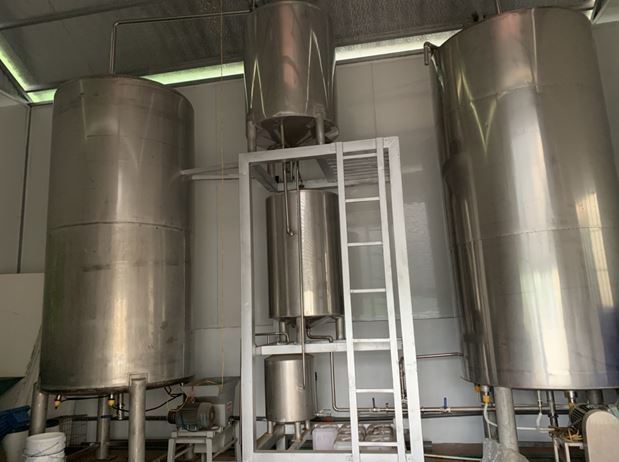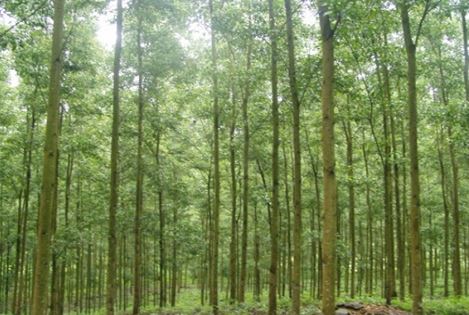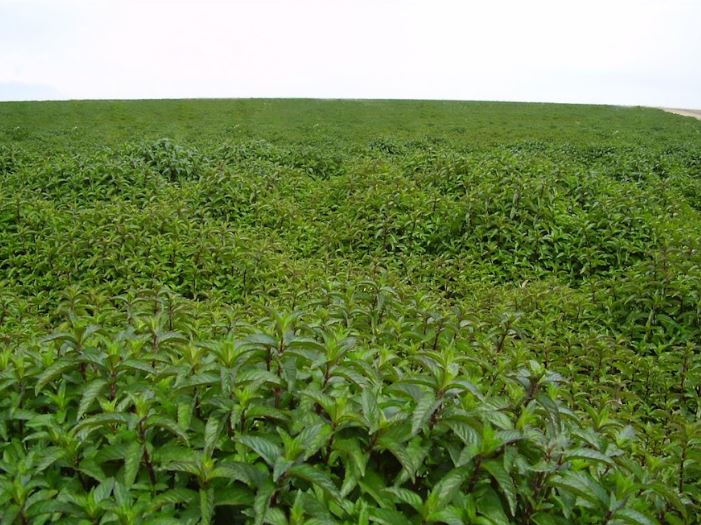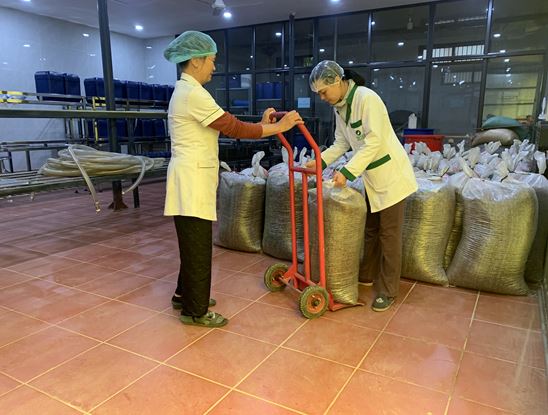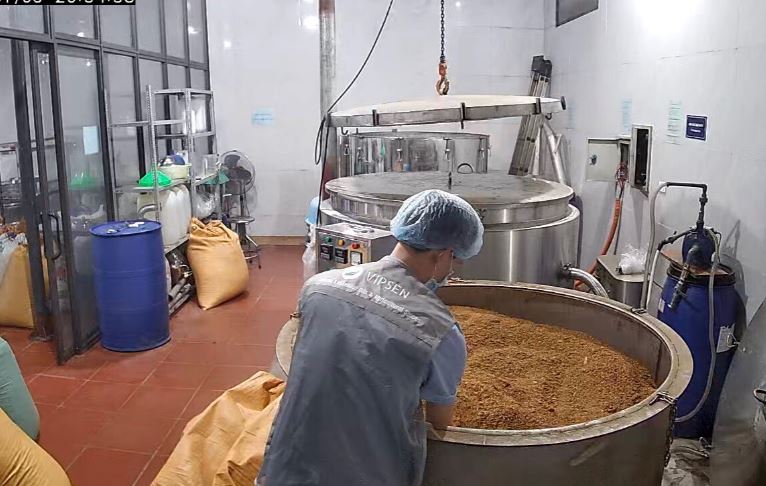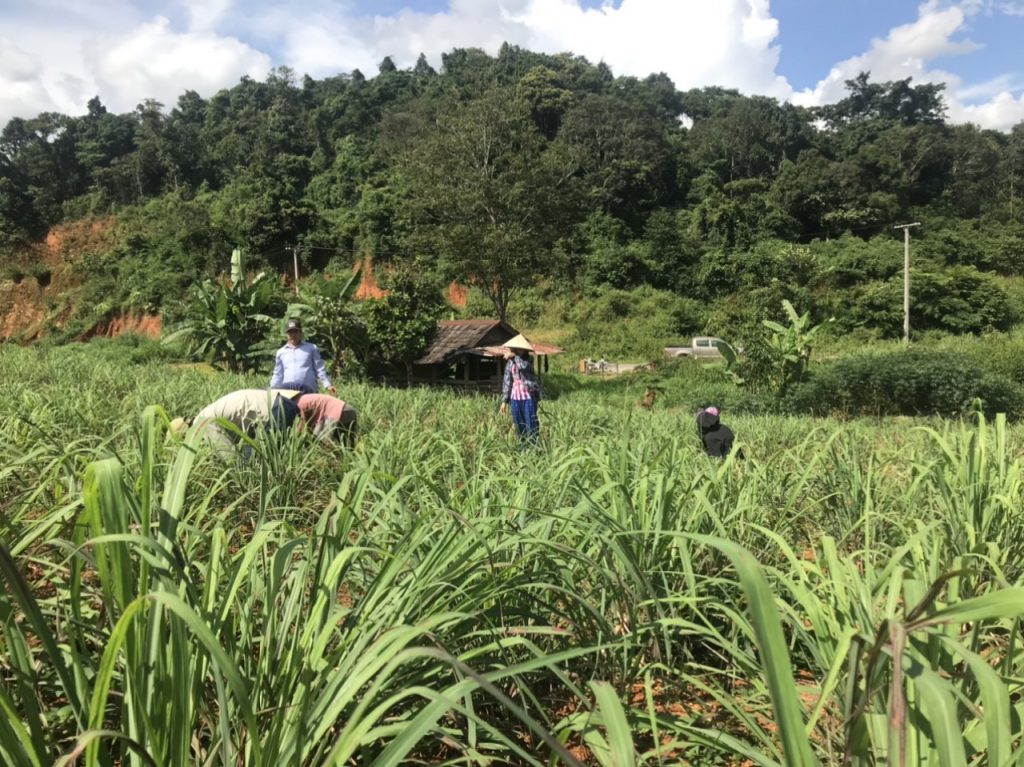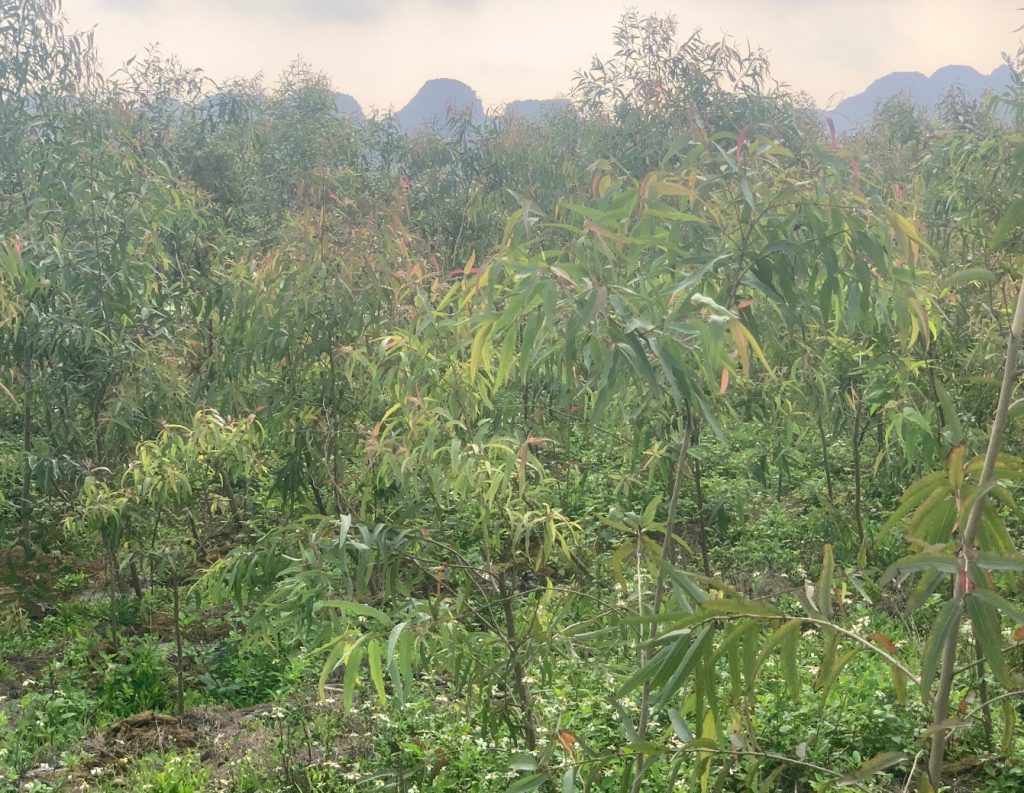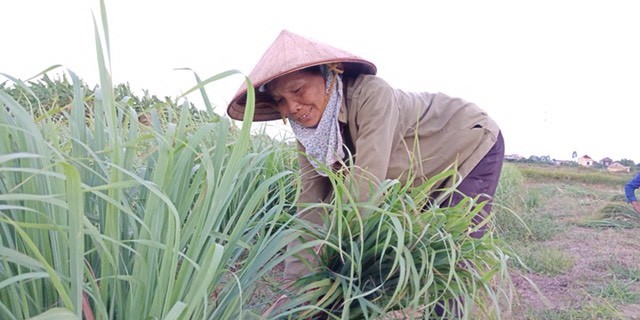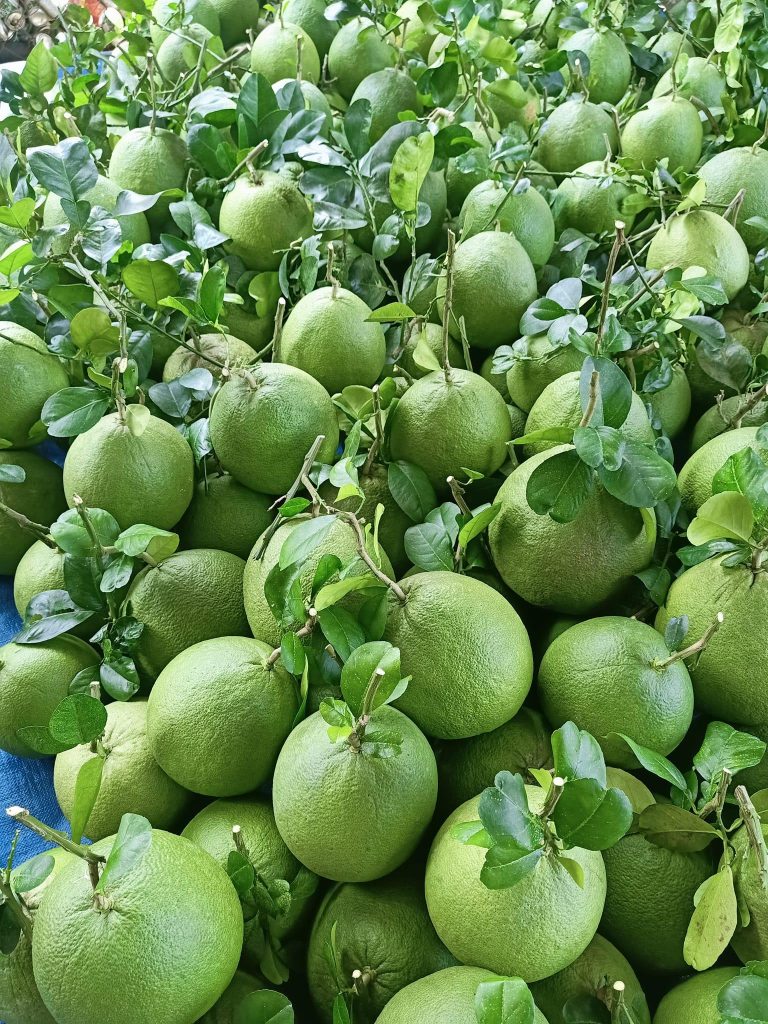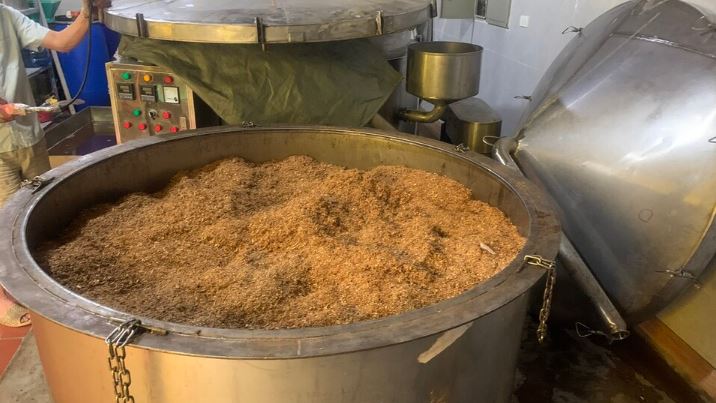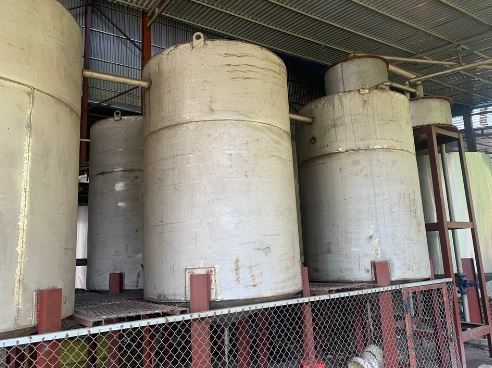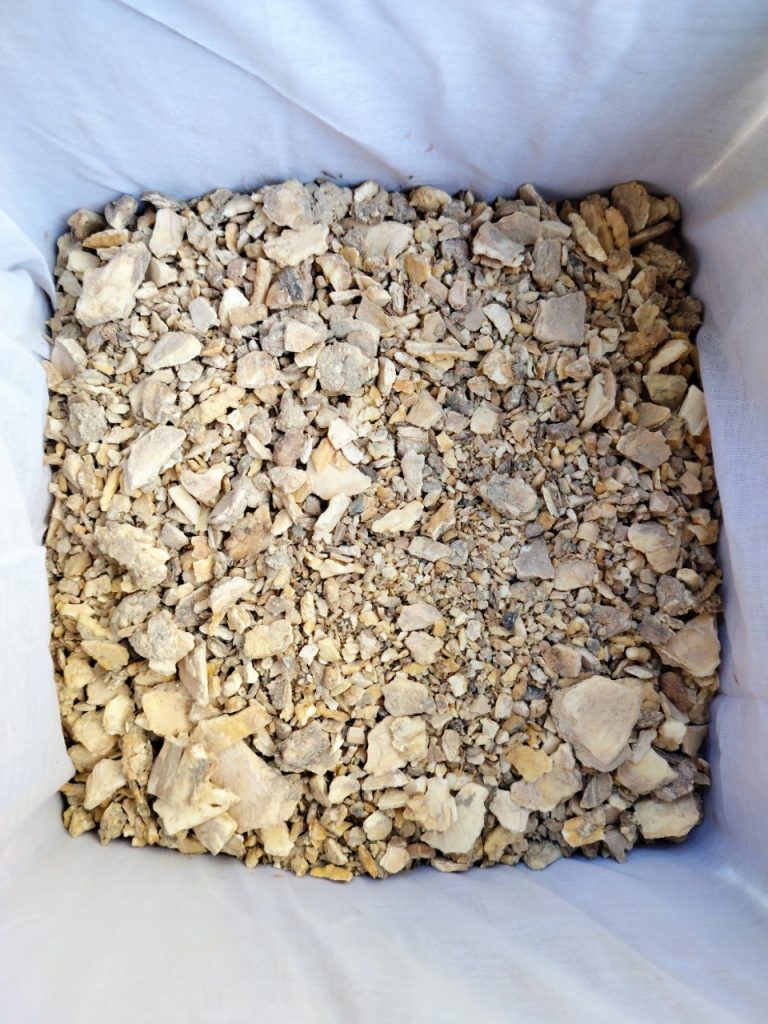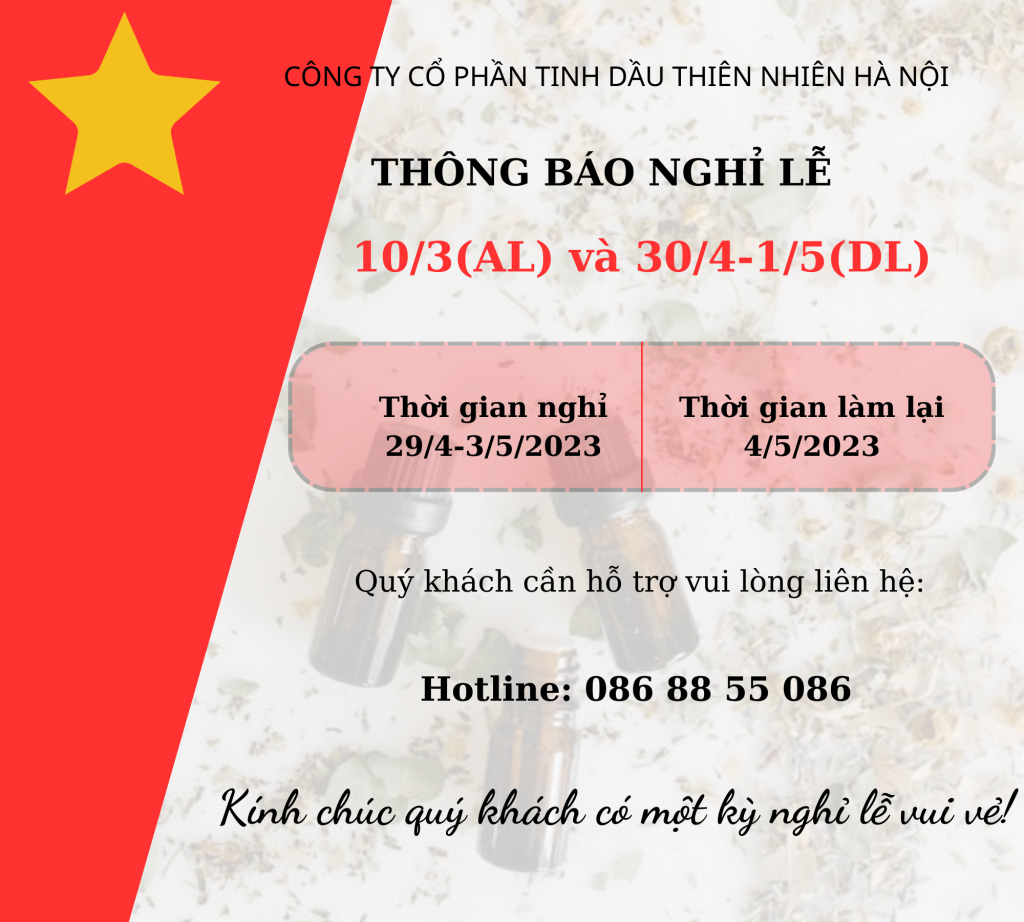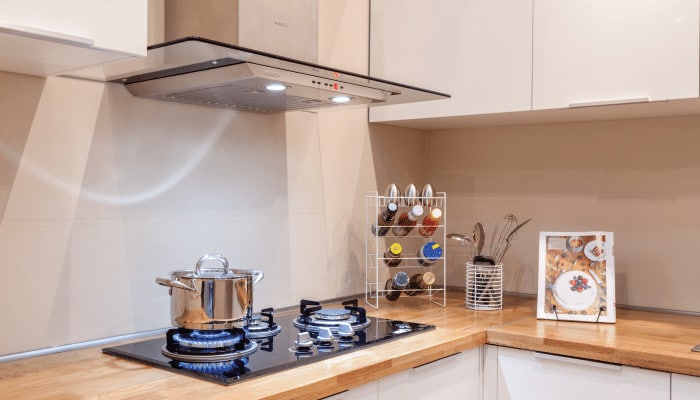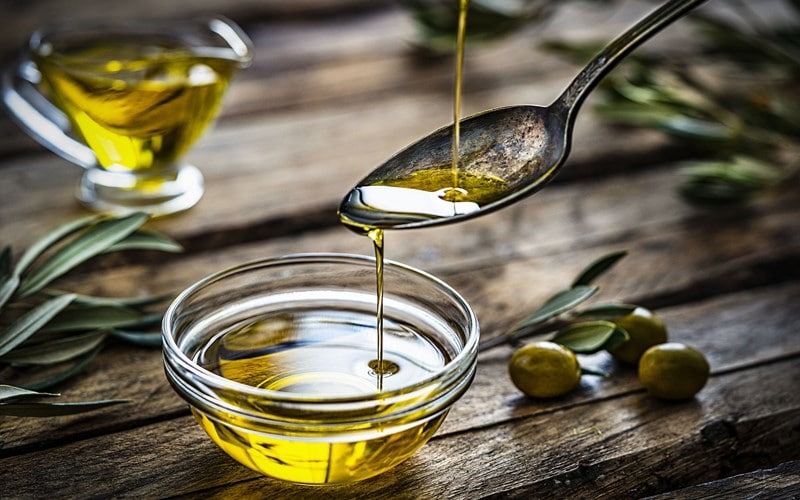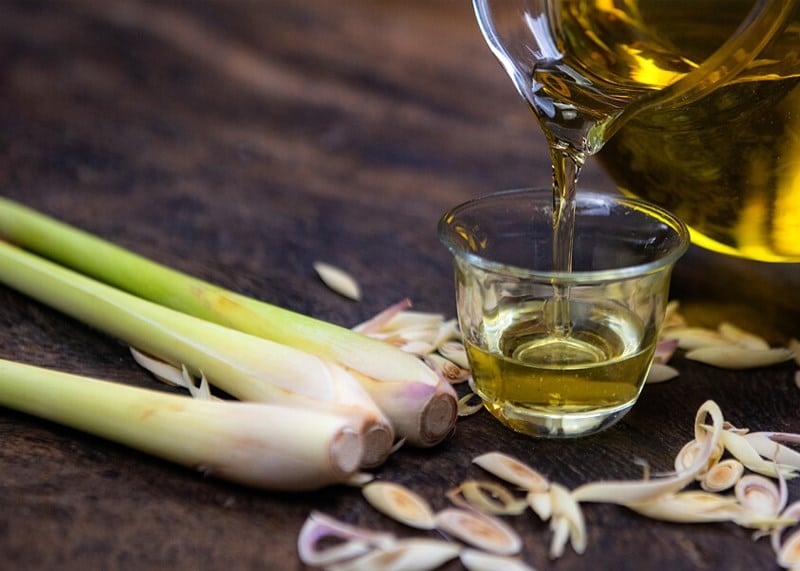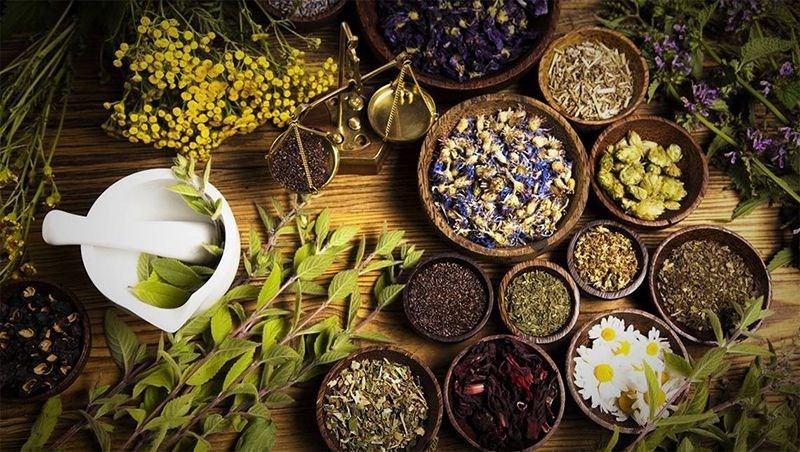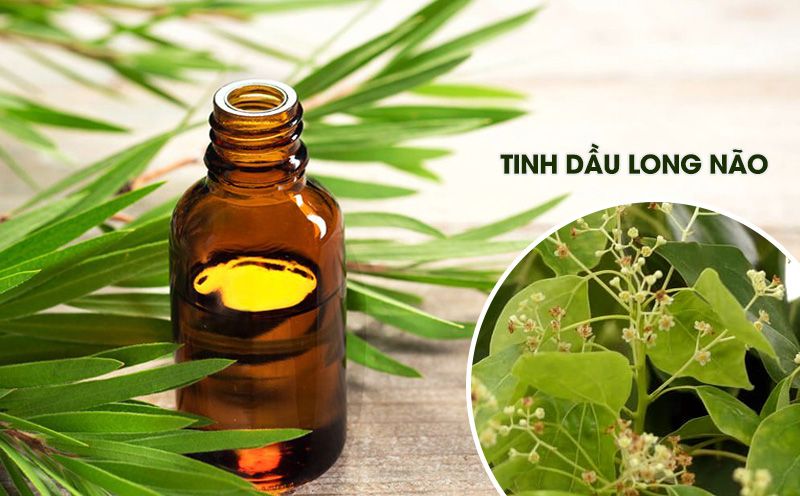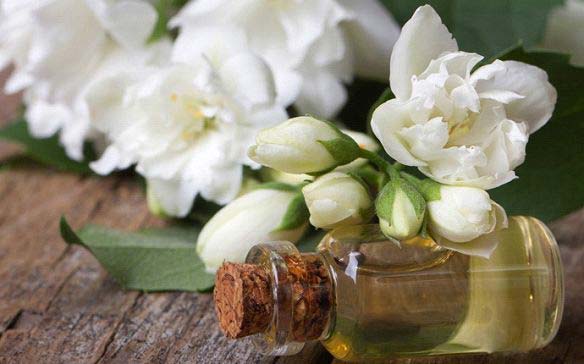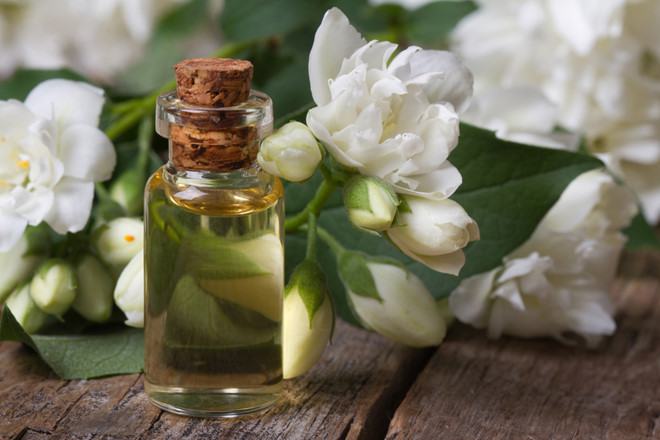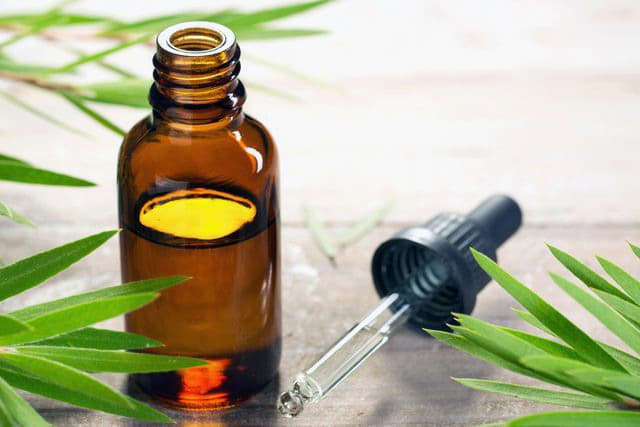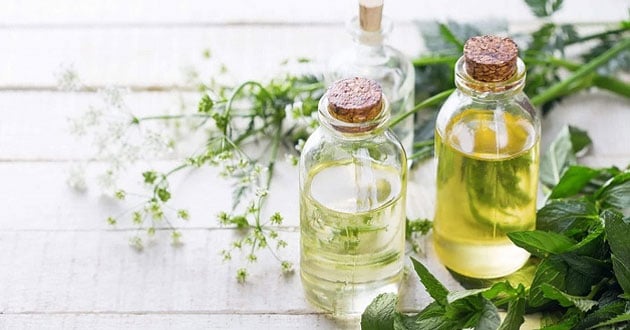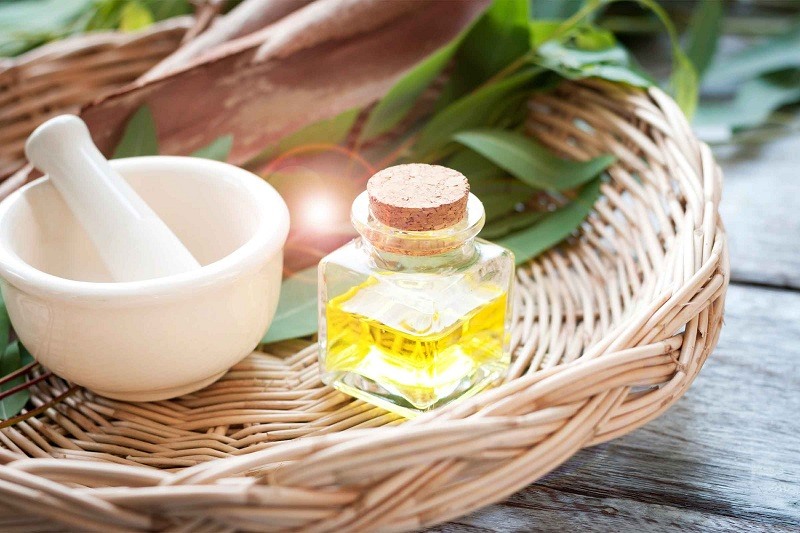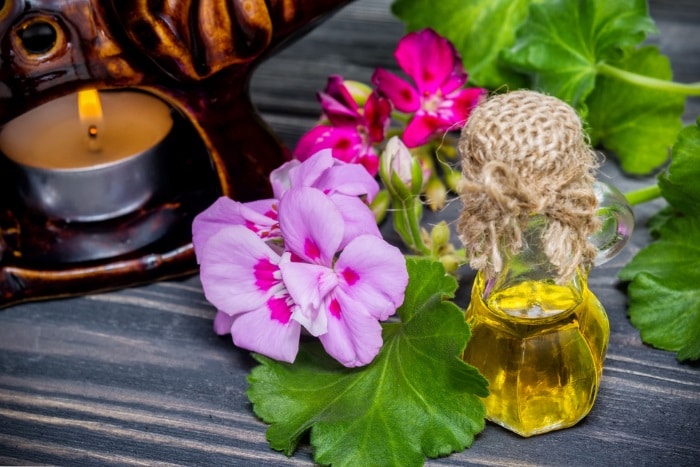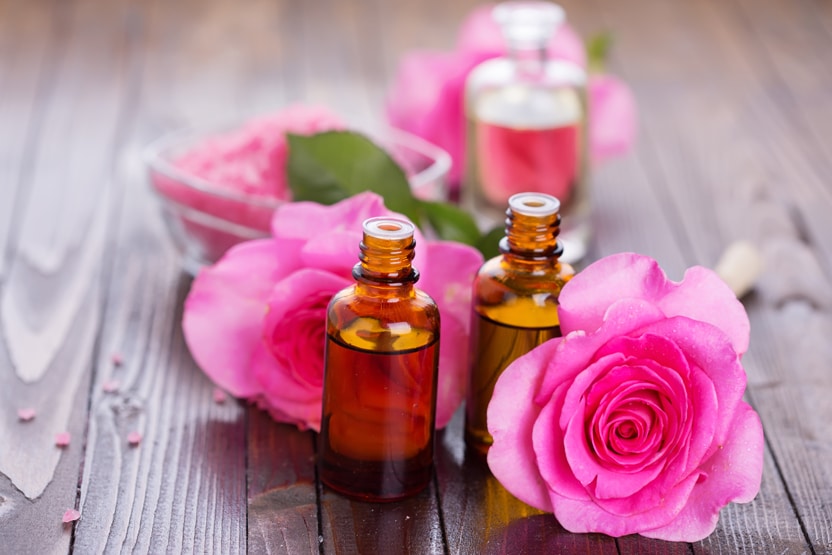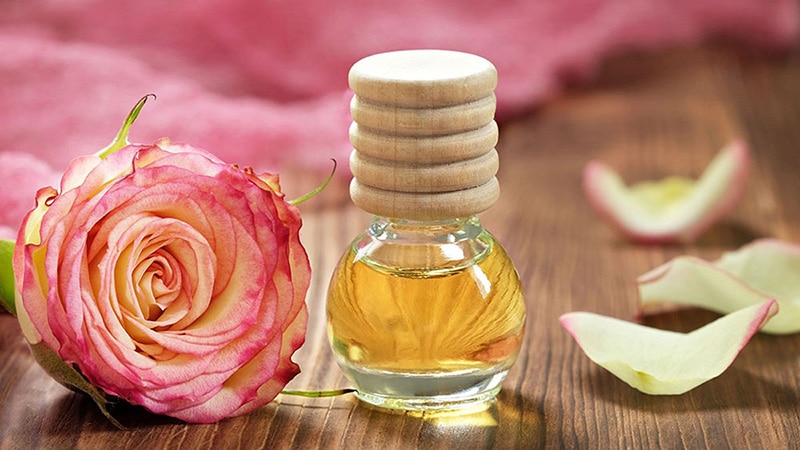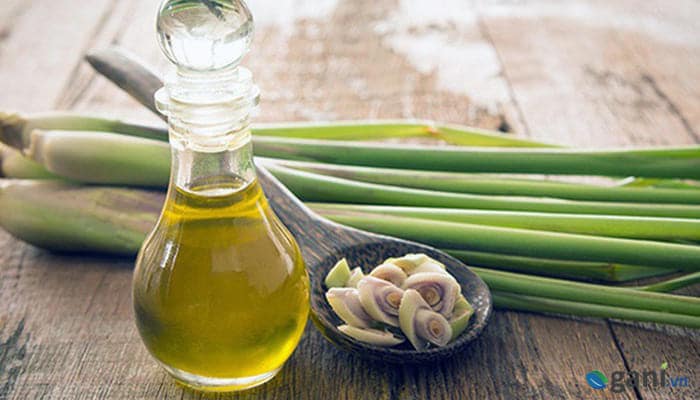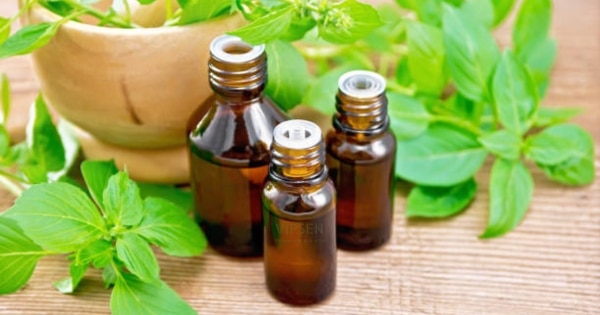The Basil plant belongs to the Lamiaceae family, with the scientific name Ocimum basilicum. This is a spicy, fragrant and aromatic vegetable, grown in many regions throughout the country. Basil is a very popular vegetable side dish in Vietnam. In addition to being used as a spice, basil is also distilled to make essential oil for domestic use and export. The special thing is that Vietnamese basil essential oil contains Methyl Chavicol content of over 80%.
1. Planting season
Basil can be grown year-round, on many terrains, and in many regions in Vietnam. However, due to differences in weather, the appropriate planting season will be different in different regions. In the North, seeds should be sown in February-March, then planted in April-May. In the South, it should be done in the last month of the year. That means sowing seeds in November-December and then planting in January-February.
2. Basil Seed.
– Seed source: Use high quality seeds with clear origins supplied from reputable establishments.
– Amount of seeds needed: 600 – 800 grams/ha.
3. Basil Nursery
For Basil plants, it must be sow seedlings before planting (Nursing seedlings).
– Choose nursery soil that is loose, rich in humus, moisturizing and easy to drain. Prepare the soil carefully, the furrow is 1 meter wide, 20 – 25 cm high, and the drain is 30 cm wide.
– Fertilization: The amount of fertilizer for 1000m2 is from 300 – 400kg of composted organic fertilizer, 8 – 10kg of super phosphate, spread and stir the fertilizer evenly on the furrow surface.
– Sowing seeds: Sow seeds at an amount of 3 – 5 grams/m2, mix the seeds with sand or powdery soil and sprinkle the seeds evenly. After sowing, cover the seeds with soil, then cover the furrow with a thin layer of chopped straw or rice husks and water sufficiently.
– Watering: After sowing, water once a day. When the seeds germinate and emerge from the ground, water once every 2-3 days. Before pulling out the plant, water it thoroughly to avoid damaging the roots.
– Seedling standards: Plants are healthy, disease-free, and have 2-3 true leaves.
4. Plant trees
Plant seedlings in rows with a distance of 12 – 15cm between plants and 20 – 25cm between rows (density of about 40 – 45 plants/m2).
5. Fertilize
Use reasonable fertilizers, prioritize the use of composted organic fertilizers, and supplement with micro-organic and bio-organic fertilizers.
Time for first top dressing: 10 – 15 days after planting.
Subsequent fertilization: Divide evenly, apply immediately after harvest (average 10-12 days/pick)
Fertilization amount and method are as follows:
Composted manure fertilization: use about 5,500kg/ha, 100% as basal fertilizer
Microbiological organic fertilizer: 850-980 kg/ha, 30% basal fertilizer, 1st top dressing: 20%, 50% post-harvest top dressing
Urea fertilizer: 170 – 195 kg/ha, first top dressing: 15%, post-harvest top dressing 85%
Phosphorus fertilizer: 170- 195 kg/ha, 50% basal fertilizer, 50% post-harvest top dressing
Potassium, chloride: 140 – 170 kg/ha, 20% basal fertilizer, 80% post-harvest top dressing.
6. Watering and care
– After cuttings, water lightly. It is needed to choose cool weather to take cuttings. After planting, water the plant daily in the morning and afternoon. When the plant takes root, then fertilize it.
– Water the vegetables regularly, in the first days water twice a day (morning, afternoon), in the following days you can water more depending on the humidity of soil and outside weather conditions. Do not water when it is hot. You should use sprayers with small jets to avoid damaging the leaves of the vegetables.
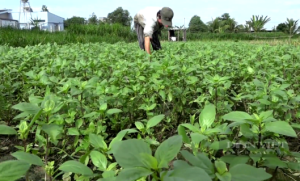
Take care of plant
7. Pest prevention
– Basil is a spice plant so it has few pests and diseases, the level of harm is generally insignificant – need to avoid spraying with plant protection chemicals.
– Should be grown in rotation with other crops to limit the transfer of pests and diseases.
– Regularly inspect fields to promptly detect harmful pests and diseases.
– Use manual measures: break off egg nests, catch and kill larvae when the density of worms is low (applicable to gray worms, green worms, and cavity worms); Detect and remove trees affected by root rot disease and destroy them.
8. Harvest
When growing basil, you can harvest the whole branch or just 2/3 of the plant (the top). Cut about 5cm close to the ground.
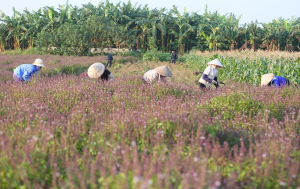
Harvesting basil plants
9. Basil essential oil produced at VIPSEN essential oil factory
VIPSEN is one of the leading researchers and producers of natural essential oils in Vietnam. Essential oil products are produced using advanced methods, achieving high quality with 100% natural ingredients, without additives or mixtures.
Basil essential oil products are produced by VIPSEN from selected raw materials from the famous basil growing area in Phu Xuyen, Hanoi, Vietnam. The production process from planting and harvesting raw materials to producing and preserving finished products is always closely monitored by a team of experienced experts and technicians. VIPSEN’s basil essential oil products are not only popular in Vietnam but also around the world.
For more information, please contact:
Phone/Whatsapp/Zalo/Wechat/Kakao Talk/Line/Skype/Viber: +84 868 855 086
Email: Tony@Vipsen.vn
Address: D7-TT9, Forosa Street, Xuan Phuong New Urban Area, Xuan Phuong, Nam Tu Liem, Hanoi
Address of essential oil factory: Bai Dai, Tien Xuan, Thach That, Hanoi, Vietnam
Address of ginger and star anise factory: Thu Do, An Tuong, Vinh Tuong, Vinh Phuc, Vietnam








